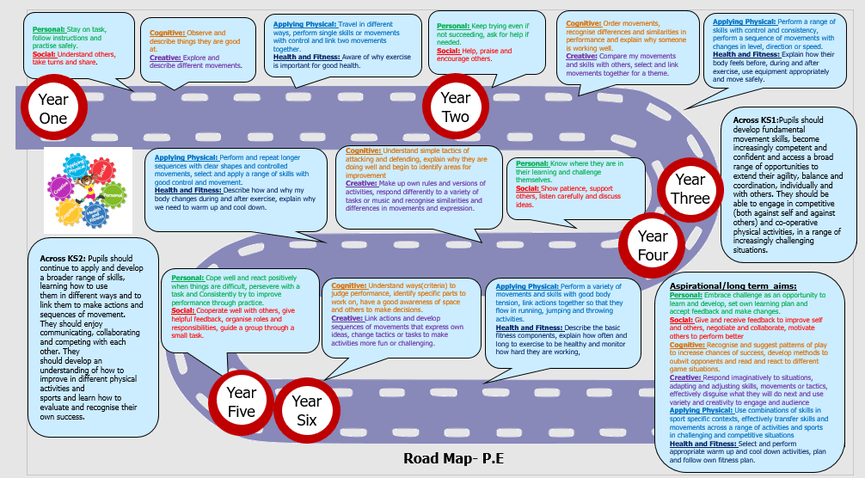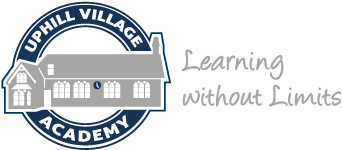P.E
We believe our PE curriculum should inspire our children to succeed and excel in sport and other physically-demanding activities. We aim to provide opportunities for children to become physically confident in a way that supports their health and fitness. We aim to also design opportunities for our children to compete in sport and other activities that build character, grit, resilience, grace and help embed values of fairness, respect and good sportsmanship.

| Year | Autumn 1 | Autumn 2 | Spring 1 | Spring 2 | Summer 1 | Summer 2 | ||||||
| EYFS/ Year 1 A | Real PE | Ball Skills Hands 1 (R) | Real PE | Ball Skills Hands 1 (R) | Real Dance | Ball Skills Hands 1 (Year 1) | Real PE | Ball Skills Hands 2 (Year 1) | Real Gym | Games for understanding (R) | Real PE | Athletics/ Sports Day prep |
| B | Real PE | Ball Skills Feet (R) | Real PE | Ball Skills Feet (R) | Real Dance | Team Building (Year 1) | Real PE | Ball Skills Feet (Year 1) | Real Gym | Rackets bats and balls (Y1) | Real PE | Athletics/ Sports Day prep |
| Year 2 | Real PE | Ball Skills Hands 1 | Real Gym | Ball Skills Feet | Real PE | Ball Skills Hands 2 | Real PE | Rackets Bats and Balls | Real Dance | Games for understanding | Real PE | Athletics/ Sports Day prep |
| LKS2 A | Real PE | Invasion: Tag rugby (Y3) (Swimming) | Real Dance
(Swimming) | Invasion: Netball (Y3/4) (Swimming) | Real PE | Invasion: Tag Rugby (Y4) | Real Gym | Net/Wall: Tennis (Y3) | Real PE | Net/Wall: Tennis (Y4) | Real PE | Athletics |
| B | Real PE | Invasion: Hockey (Y3) (Swimming) | Real Dance (Swimming) | Invasion: Football (Y3/4) (Swimming | Real PE | Invasion: Hockey(Y4)
| Real Gym | Striking/ Fielding Rounders (Y3) | Real PE | Striking/ Fielding Rounders (Y4) | Real PE | OAA Orienteering / (Sports Day Prep) |
| UKS2 A | Real PE | Invasion:
Hockey (Y5) | Real Dance | Invasion: Football (Y5/6) | Real PE | Invasion: Hockey (Y6) | Real Gym | Striking/ Fielding Rounders (Y5) | Real PE | Striking/ Fielding Rounders (Y6) | Real PE | Athletics |
| B | Real PE | Invasion: Tag Rugby (Y5)
| Real Dance | Invasion: Netball (Y5/6) | Real PE | Invasion: Tag Rugby (Y6)
| Real Gym | Net/Wall:
Tennis (Y5) | Real PE | Net/Wall:
Tennis (Y6) | Real PE | OAA Orienteering / (Sports Day Prep) |



